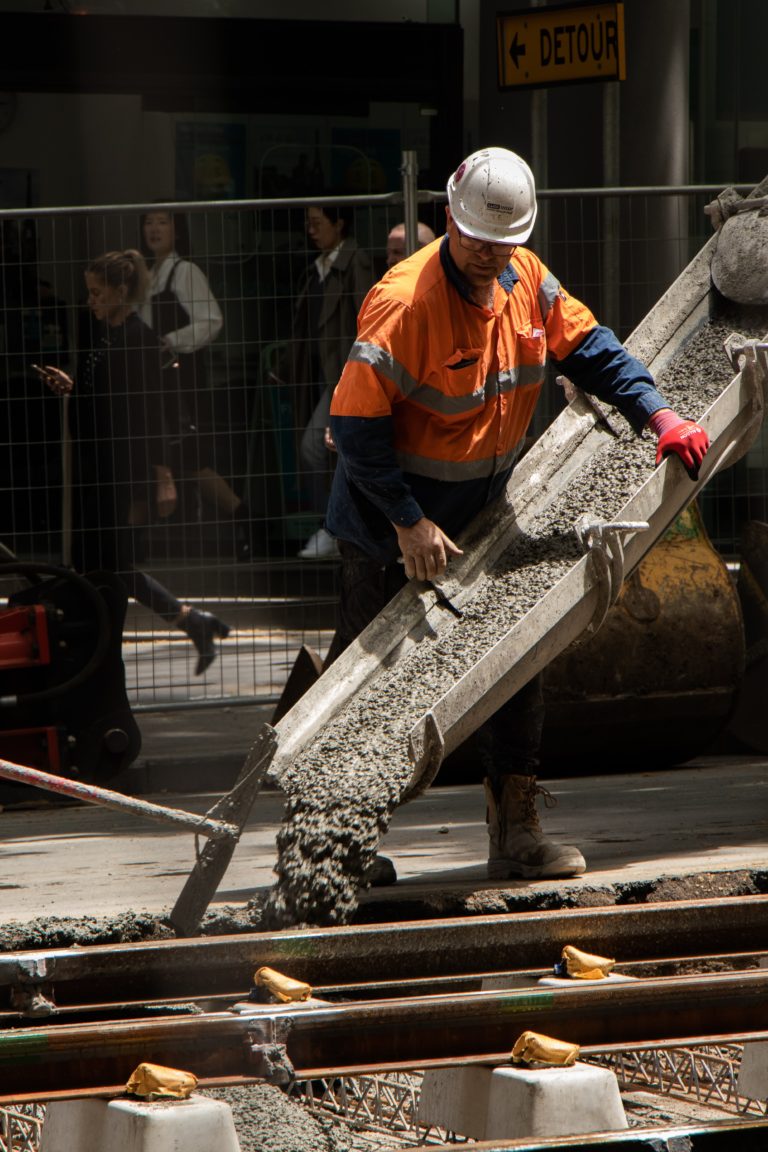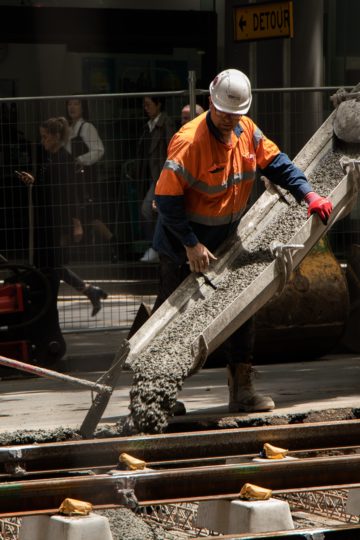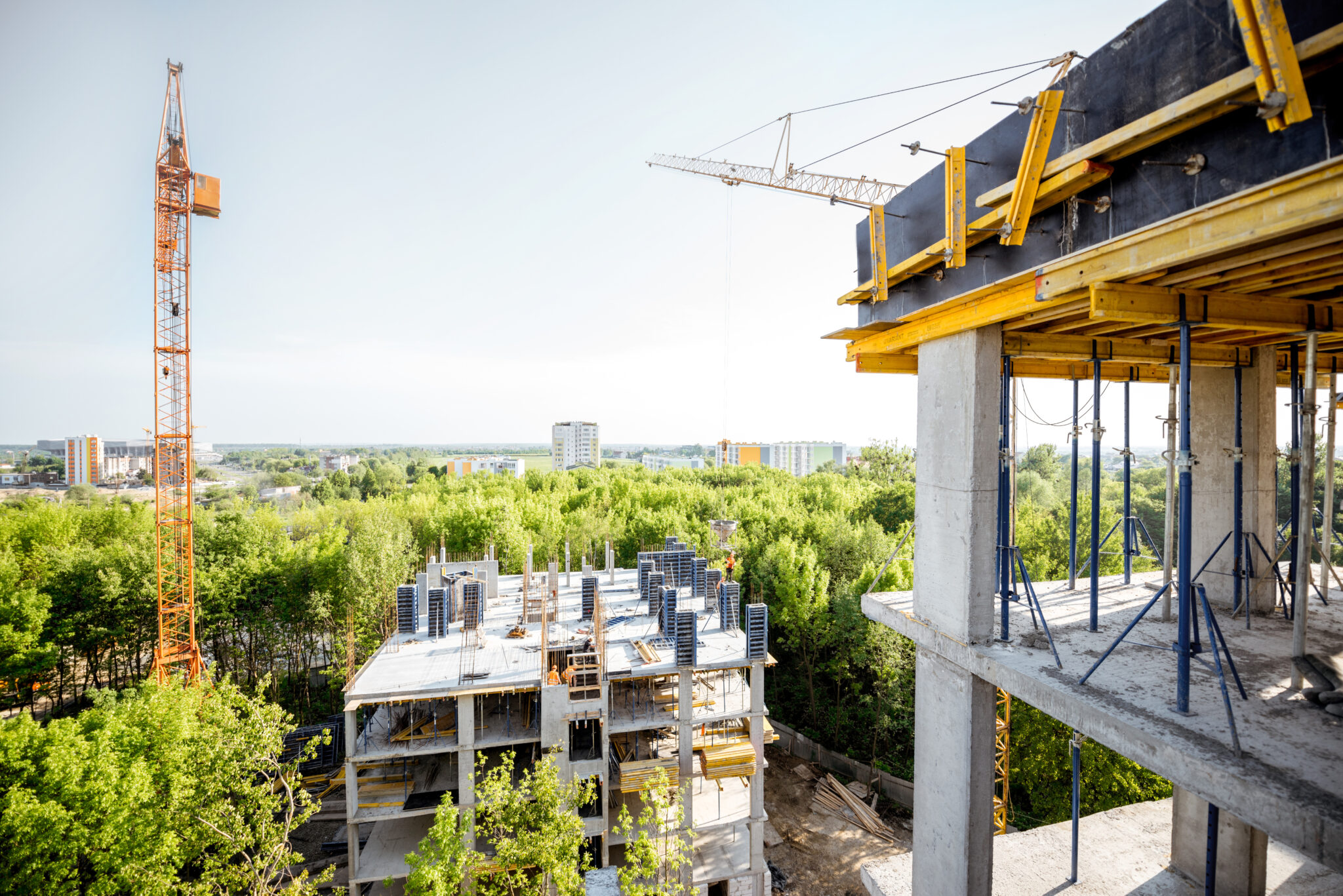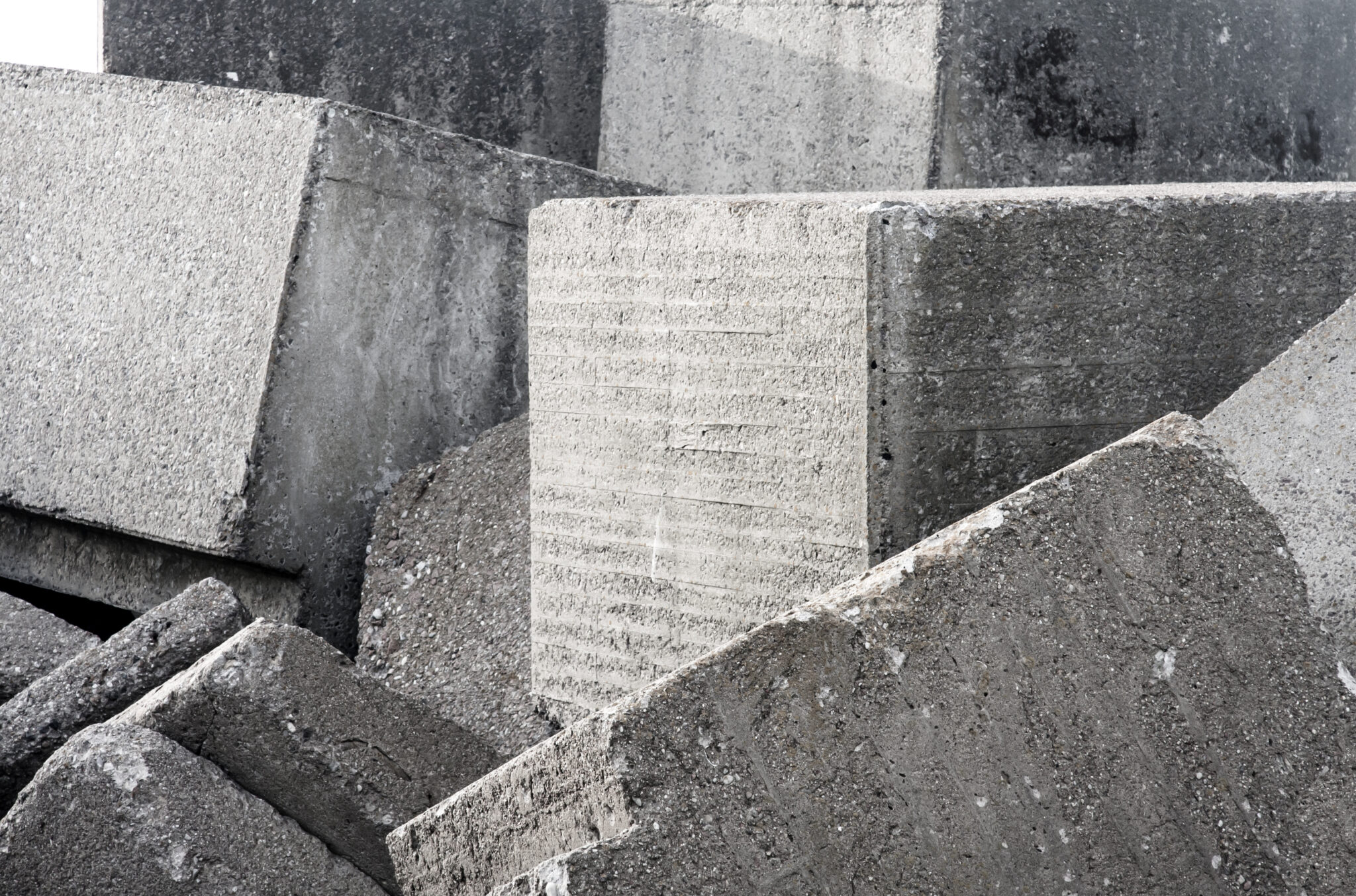As a company that develops and produces concrete testing equipment, we can’t stress how important it is to properly test concrete with reliable equipment. In the last decade, we’ve seen the arrival of real-time sensors that make it easier than ever to gather data and put it to good use. As maturity becomes more and more popular on jobsites around the world, we thought we would shed some light on what the concept of concrete maturity is and what its limitations are.
SmartRock® Long Range Savings for Big Projects
What Is the Maturity Concept of Concrete?
As stated in ASTM C1074: Standard Practice for Estimating Concrete Strength by the Maturity Method, the maturity concept of concrete can be used to “estimate the in-place strength of concrete to allow the start of critical construction activities such as: (1) removal of formwork and reshoring; (2) post-tensioning of tendons; (3) termination of cold weather protection; and (4) opening of roadways to traffic.” Maturity can be used to help your team stay on schedule by avoiding structural failures and making sure that you aren’t doing any of the activities above before your concrete has reached the required strength.
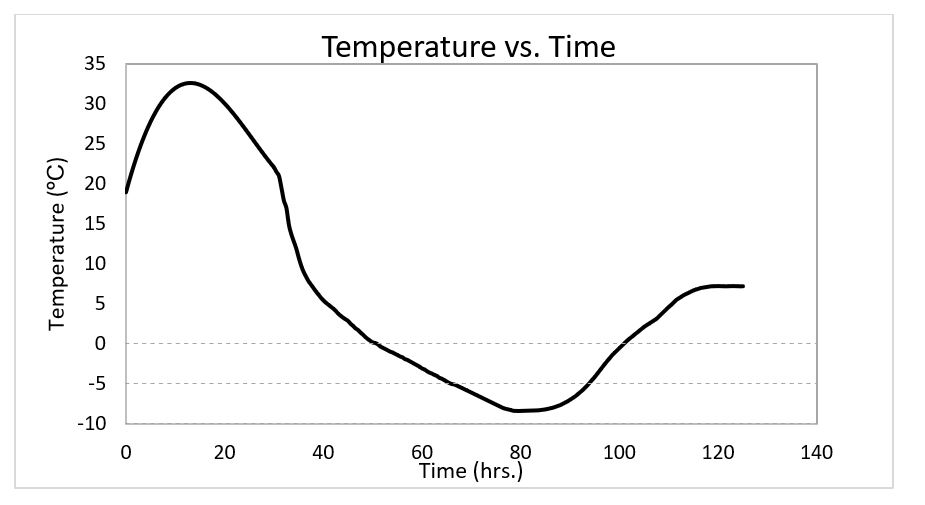
In The Maturity Method: From Theory to Application, N.J. Carino and H.S. Lew describe the maturity method as “a technique to account for the combined effects of time and temperature on the strength development of concrete.” They also state that it is a fairly simple approach to estimating the in-place strength of concrete elements during construction. With the use of real-time sensors, maturity can be used not only to monitor the strength development, but to predict when your concrete will reach required strength which allows you to plan your project around the current state of your concrete curing. Rather than waiting for laboratories to come back with your break test results, which we know are not always the most reliable, you can depend on fully-embedded concrete sensors to give you maturity and strength data instantly.
While we know that the concrete maturity method is the best way to predict the early-age strength and integrity of concrete elements, it, like anything else, also comes with some limitations.
What Are the Limitations?
It’s important to know the limitations of any tool or method used, especially when it comes to the safety of the workers on a project and the public that will be using the structure. One limitation of the maturity concept of concrete is that the in-place concrete is not always representative of the concrete cylinders used to calibrate the sensors or the equation in the lab. The reason for this is that there are often changes in the materials used in a mix, for example a higher water to cement ratio to regulate the temperature. Still, if you change your mix, you can re-calibrate your concrete in 5 easy steps.
According ASTM C1074 and outlined in Concrete Maturity: Concept, Measurement and Application, the limitations of the concrete maturity method are summarized as follows:
- In-place concrete is not representative of the concrete used to develop the calibration in the lab. This can be because of changes in materials, water to cement ration, air content, batching method, etc;
- In-place concrete is not properly placed, consolidated, cured, etc;
- Very high early-age temperatures can lead to inaccurate estimation of strength at later ages;
- Using a datum temperature (for the Nurse-Saul function) that is not representative of the concrete mixture can result in incorrect estimation of strength.

Knowing these limitations allows project managers and engineers to know what to pay extra attention to during ongoing building projects using the maturity method. As mentioned in Concrete Maturity: Concept, Measurement and Application, “routine quality control tests should be performed to ensure the accuracy of the maturity – strength curve. These controls minimize any error in the estimation of in-place strength due to inherent limitations of the maturity method.” Despite these limitations and partially due to the fact that they are easy to overcome, the maturity method is still one of, if not the, most reliable method for measuring and predicting the in-place strength of concrete.
